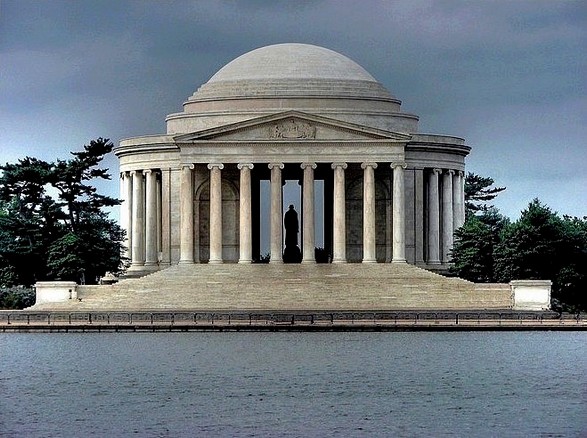|
|
LITR 4231
Early American Literature 2012 research post 1 |
|
Rochelle Latouche
What Happened to the Texas Coastal Indians?
I had always known that Indians inhabited America before the
Europeans came over but as to where these Indians lived, I was not sure. While
reading La Relacion by Cabeza De
Vaca, I learned that Indians once resided on Galveston Island, a place only
forty miles from my home town. This perpetuated my curiosity about this tribe
since they possibly lived in my home city. These Indians are now known as
Karankawas, which stands for “dog-lovers.” I wanted to research this tribe more
and find out what really happened to the Karankawas.
The Karankawas lived along the coast of
Texas, spanning from Galveston to the Corpus Christi Bay (Welker).“The
Karankawas were poorly equipped, nomadic people who migrated seasonally between
the barrier islands and the mainland”
(Moore). They lived around bays and lagoons during winter because
these locations supported a great variety of wildlife. Fish, shellfish, turtles,
and waterfowl were their main sources of food (Lipscomb). During the summer,
they migrated inland where there were deer, rabbits, and fresh plants to eat.
Their movements depended upon the availability
of food and by the climate. They travelled
primarily by foot and the dugout canoe (Moore).
Given the
adaptability of these people, one might wonder what happened to this tribe. Why
do we not see them around today? The simple answer is the Europeans. In 1685,
explorer La Salle led a French expedition in search of the Mississippi River,
but they landed in the middle of Karankawan territory. The explorer established
an outpost near Matagorda Bay, and the Karankawas were not happy about this.
What made matters worse was when a Frenchman stole a couple of Karankawa canoes,
and the Karankawas asked for them back; the Frenchman refused. There were
battles back and forth from then on. One day, the Karankawas captured a
Frenchman, sliced his skin, and ate the meat from his body. The Frenchmen
retaliated but ran short of supplies and headed towards Canada, leaving a few
Frenchmen behind. The Karankawas then raided the French headquarters and only
left six French children to survive. Then, fearing the return of La Salle, the
Karankawas packed their belongings and moved to a new location; La Salle never
returned, though. This was only one case of the decline of the Karankawas
(Layman).
The second case of
Europeans bombarding the Karankawas was during the 1700s. The French, along with
the Spaniards, both shared an interest in Karankawa territory. In 1721,
Frenchman Bernard de la Harpe led an expedition to the Karankawan homeland. To
defy this French interfering, the Spaniards built a mission in the Karankawan
territory. The Spanish wanted to convert the Indians to Christians and have them
become loyal subjects of Spain. The Karankawas resisted the religious
aspirations of the Spaniards and moved off to the swamplands, but the Spaniards
created more missions that would soon consume the territory. Eventually, about
one-hundred Karankawas were in missions learning Christianity. The Indians
eventually deserted the area. Along with desertion, many Indians died from
European diseases, such as measles and smallpox (Layman).
In the
eighteen-hundreds, there were few Karankawas left, yet the Indians were still
raiding Texan settlers. In retaliation, the settlers attacked a band camp on the
Guadalupe River. This reduced their tribe even more. The Karankawas soon
relocated into Mexico, but they did not stay there for long and returned back to
Texas. In 1858, Juan Nepomurceno Cortina led a military force to wipe out the
last band of Karankawa Indians (Layman).
“The Karankawas'
insistence on being true to their own ways and on avoiding assimilation,
combined with the white man's diseases and extermination policies of the
Mexicans and Texans, doomed them. It didn't matter that they were tall, strong
and ferocious; by 1860 they were extinct” (Layman). Essentially, the Karankawas
are extinct because the Europeans had no tolerance for others who were different
from them or had what they wanted. Although there may have been instances of
violence from the Indians, there were valid reasons for their skepticism of the
“white man.”
Works Cited
Layman, George. “Warriors and Chiefs.” Wild West 19.2
Aug. 2006: 14-20.
Lipscomb, Carol. Karankawa Indians. n.d. Handbook of
Texas Online. 28 Mar. 2012
<http://www.tshaonline.org/handbook/online/articles/bmk05>.
Moore, R E. Texas Indians. 2003. 28 Mar. 2012
<http://www.texasindians.com/indian~1.htm>.
Welker, Glenn. Karankawa Literature. 23 Aug. 2004. 28
May 2012 <http://www.indigenouspeople.net/karankaw.htm>.
|
|
|
|


